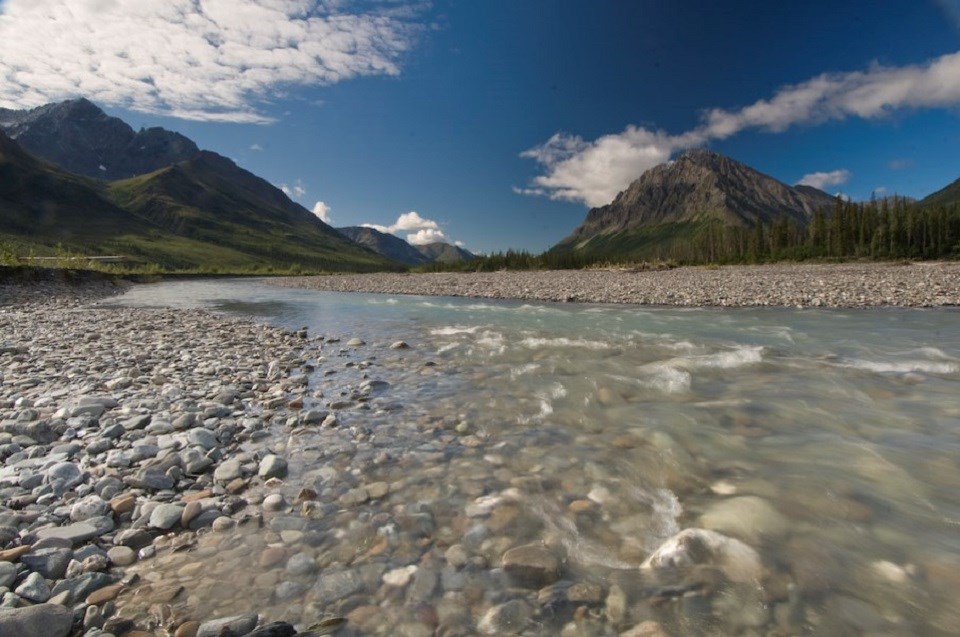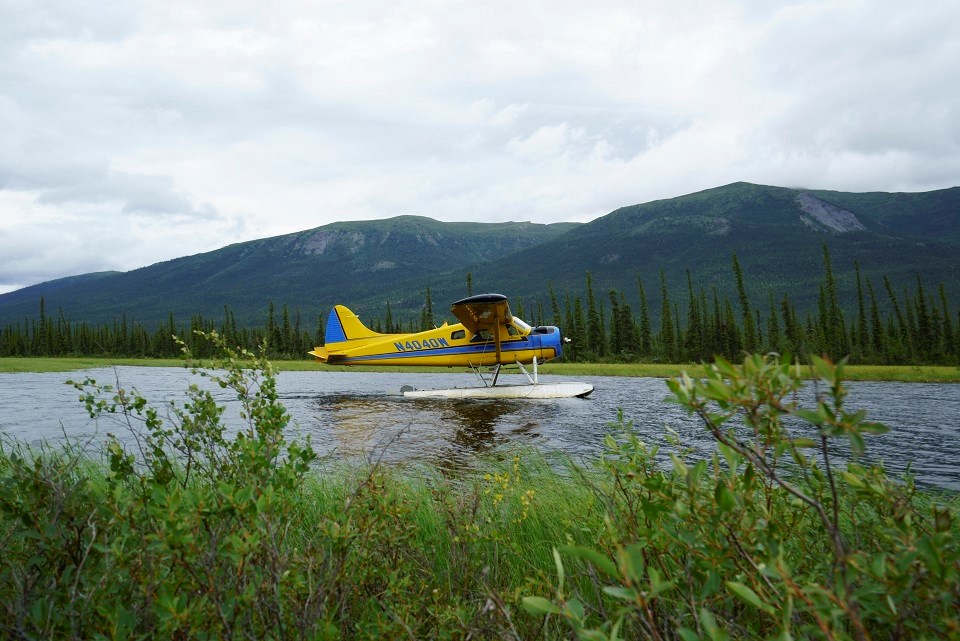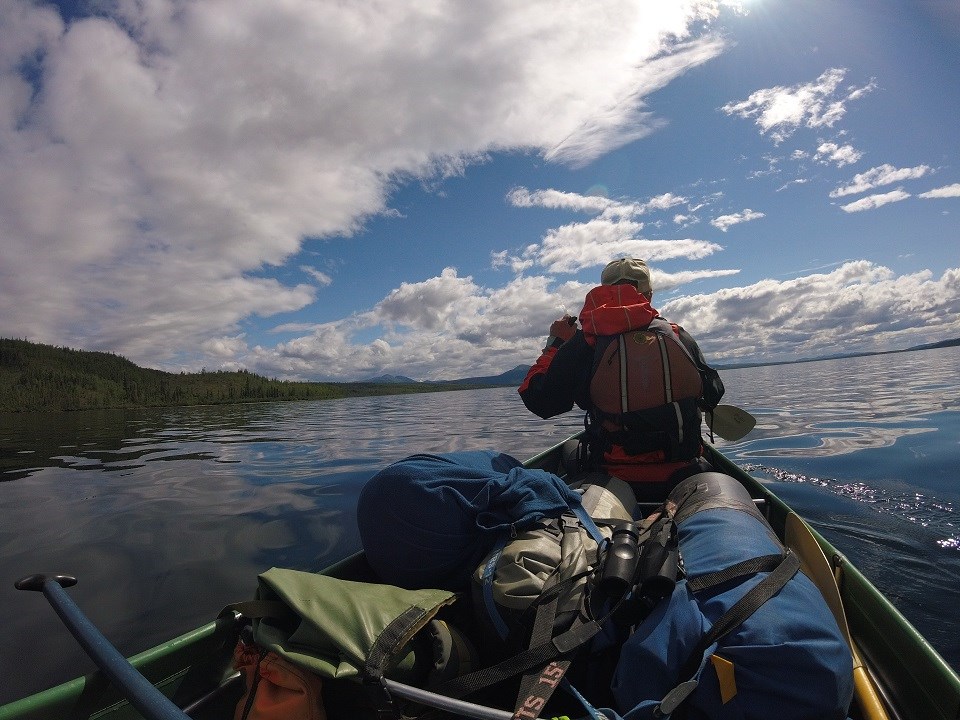Last updated: October 19, 2020
Article
National Park Getaway: Gates of the Arctic National Park & Preserve
By Peter Winfrey, Park Guide, Gates of the Arctic National Park and Preserve

NPS Photo
North of the Arctic Circle lies a wild land barely changed from time immemorial, a park whose name invites adventure and exploration—Gates of the Arctic National Park and Preserve. Even amidst the grand landscapes of Alaska, the 8-million acre Gates of the Arctic remains a treasured destination for wilderness exploration.
Gates of the Arctic is a national park like few others. Its remoteness makes access challenging. No roads enter the park, nor do any trails mark the landscape. Knowledgeable park rangers staff visitor centers in Fairbanks, Coldfoot, and Bettles and help visitors prepare for their trips into the Brooks Range. Most enter the park via bush plane, while some hardy hikers trek through difficult terrain to access the park from the remote, rugged, and mostly gravel Dalton Highway, the road closest to the park boundary.

NPS / Eric Tidwell
Long, dark winters blanket the park in snow for more than half the year, but the land bursts with intensity during the Arctic’s short summers. Wildflowers such lupine, forget-me-not, and fireweed turn the arctic tundra into a kaleidoscope of color. Caribou, grizzly bears, muskoxen, and wolves take advantage of the nearly endless sunlight to bulk up for the lean seasons ahead.
Breathtaking landscapes and intense solitude await those who accept the challenge and adventure of Gates of the Arctic. Six National Wild and Scenic Rivers flow through the park, natural thoroughfares for humans and wildlife, inviting paddlers to experience places few have seen. Backpackers must be well-prepared for self-reliance and navigating the rugged terrain. Climbers are drawn to the craggy Arrigetch Peaks, testing themselves against the granite spires, whose name in the Iñupiaq language means “fingers of the hand outstretched.”

NPS / Corinne Spada
This rugged landscape has long drawn explorers and adventurers, including Robert Marshall, a young New Yorker who wanted to find some of the wildest places left in America. “Bob” Marshall came to the Brooks Range in the 1930s to find solitude and wilderness in what was then uncharted territory. Marshall fell in love with the area and its people, traveling widely through the future park by foot, naming many of its features, including the Gates of the Arctic, a picturesque spot where two peaks—Frigid Crags and Boreal Mountain—allow the passage of the North Fork of the Koyukuk River. Marshall’s journeys and writings helped raise awareness of the area’s special qualities and eventually resulted in it being set aside as a national park in 1980, preserved and protected for current and future generations to experience.
While the sweeping valleys and mountain tundra seem devoid of human impact, this belies the long record of historic and prehistoric human use of the Central Brooks Range. Alaska Natives, including the Iñupiat and Koyukon Athabscan, have lived in and traveled through this land for thousands of years, following the herds of caribou that helped them survive in this unforgiving place. People living in communities within or near the park continue to hunt wildlife and gather berries and other plant products from the land to help sustain themselves, and as part of their cultural heritage.
Tags
- gates of the arctic national park & preserve
- national park getaways
- alaska
- arctic
- boating
- camping
- fishing
- lakes
- rivers
- sustainability
- hiking
- watching wildlife
- wilderness
- wild and scenic rivers
- mountains
- brooks range
- gates of the arctic national park and preserve
- national natural landmark
- wild and scenic rivers program
